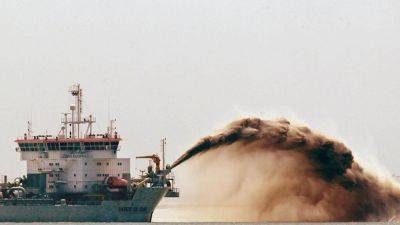DNA from 3,600-year-old cheese sequenced by scientists
Sign up for CNN’s Wonder Theory science newsletter. Explore the universe with news on fascinating discoveries, scientific advancements and more.
CNN —Bronze Age desert dwellers unearthed from graves in what’s now northwest China were buried with cheese scattered on their heads and necks — perhaps as a snack packed for the afterlife.
A decade after the dairy discovery on strikingly intact remains mummified by the Taklamakan Desert’s arid conditions, scientists have extracted and sequenced DNA from the 3,600-year-old cheese, the oldest in the archaeological record.
The analysis revealed how the Xiaohe people made cheese, showing the way humans harnessed microbes to improve their food and how microbes can be used to track cultural influences through the ages.
The findings, published Wednesday in the journal Cell, open a “new frontier in ancient DNA studies,” with this “type of research unthinkable even a decade ago,” said Christina Warinner, John L. Loeb Associate Professor of the Social Sciences and Anthropology at Harvard University. Warinner wasn’t involved in the research.
“Fermented foods today are overwhelmingly produced using only a handful of mostly lab-grown commercial strains of bacteria and yeasts,” she said.
“Little is known about the once diverse range of heirloom microbes that people used in the past to produce today’s most iconic foods — ranging from bread to cheese and from beer to wine.”
A team led by Chinese paleogeneticist Qiaomei Fu identified goat and cattle DNA in samples of the cheese. The researchers were was also able to sequence DNA of microbes contained in the cheese, confirming it was kefir, a type of cheese that’s still widely made and eaten today. Fu is director of the ancient DNA







